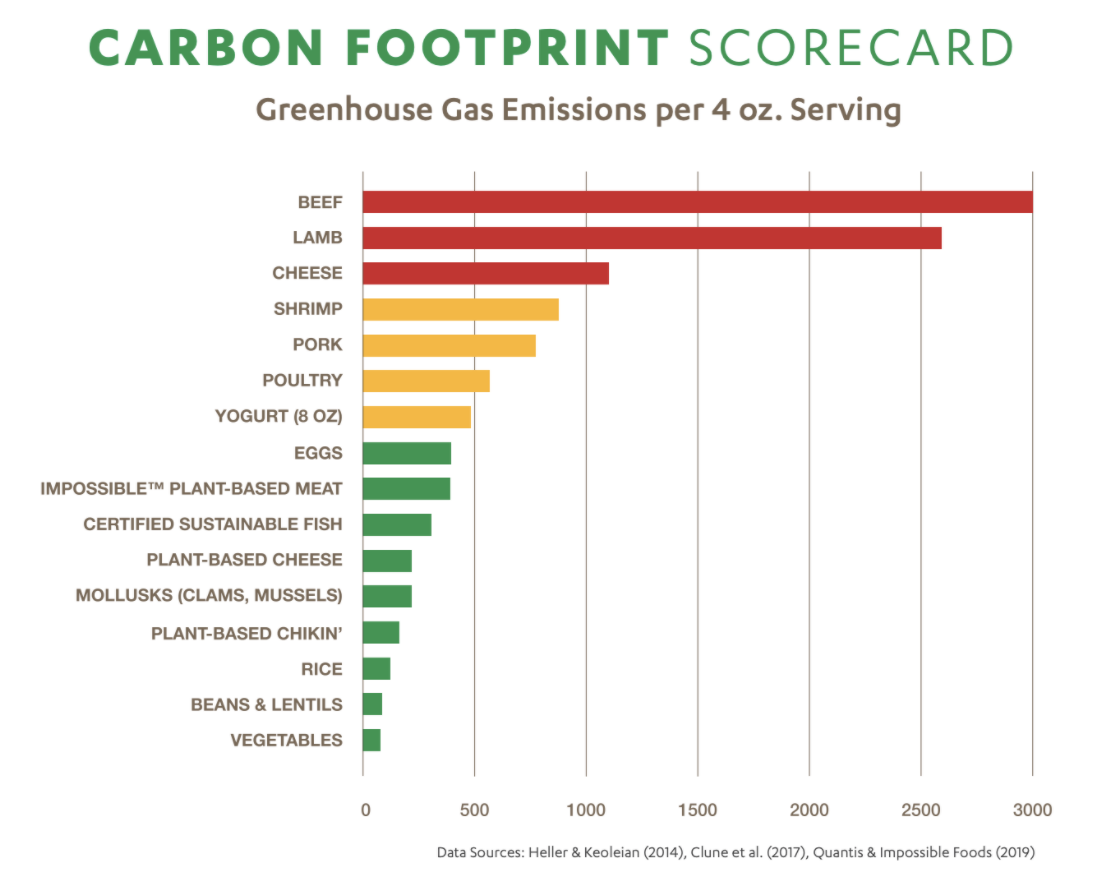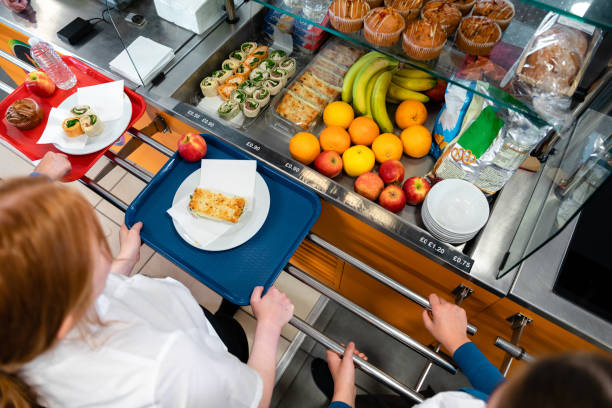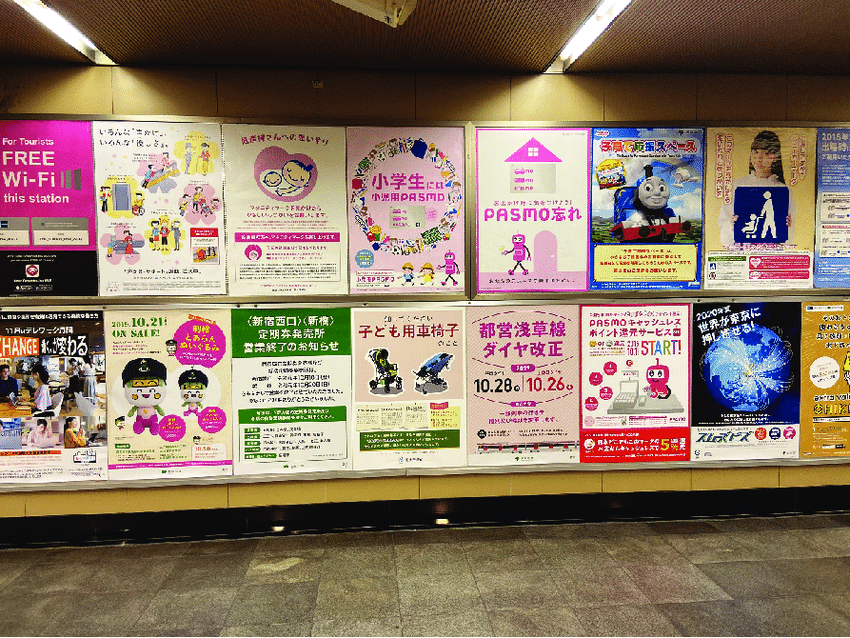
The environmental impact of plastic bag usage has long been a concern in the United States. To address this, retailers and policymakers have employed nudge strategies to encourage consumers to reduce plastic bag consumption. Nudges—subtle interventions that influence behavior without limiting choice—have proven to be an effective tool in promoting environmentally friendly practices. This blog explores the extent to which these retail nudges have succeeded in shifting consumer behavior and reducing environmental harm.
1. Pricing Strategies and Behavioral Shifts
One of the most effective nudges has been introducing a fee for plastic bags. Behavioral economics suggests that people are more motivated by potential losses than equivalent gains—a principle known as loss aversion.
- Example: In many states, including California, retailers charge customers a small fee (e.g., $0.10) per plastic bag. This small financial deterrent has led to a 50-70% reduction in plastic bag usage as consumers opt for reusable alternatives.
- The environmental benefits include reduced plastic waste and less pollution in water bodies.
2. Reward-Based Nudges
Some retailers use positive reinforcement to nudge consumers towards environmentally friendly behavior.
- Example: Grocery stores offering loyalty points or small discounts for customers who bring their own bags create a psychological incentive to adopt sustainable habits.
- These nudges tap into the principle of immediate rewards, making eco-friendly actions feel gratifying.
3. Visual and Verbal Prompts
Retailers often use signage and verbal cues to encourage customers to avoid plastic bags.
- Example: Signs near checkout counters reading “Bring Your Own Bag – Save the Planet!” act as visual nudges to remind shoppers of the environmental impact of their choices.
- Cashiers asking, “Do you need a bag?” serves as a verbal nudge, prompting customers to reconsider their decision.
4. Behavioral Challenges
Despite the success of retail nudges, challenges remain:
- Habitual Behavior: Many consumers continue to default to plastic bags due to convenience or habit.
- Regional Differences: In states without mandatory plastic bag fees or bans, retail nudges often have limited impact.
- Consumer Awareness: Some individuals remain unaware of the environmental consequences of plastic bag use, reducing the effectiveness of nudges.
5. Success Stories and the Path Forward
Retail nudges in states like California and Washington have demonstrated that small behavioral interventions can significantly reduce plastic bag consumption. However, for broader adoption, combining nudges with awareness campaigns and stronger policy measures is crucial.
Conclusion
Retail nudges, from pricing strategies to reward systems and visual prompts, have effectively reduced plastic bag consumption in many parts of the US. While challenges remain, these interventions highlight the potential of behavioral economics to drive environmentally friendly practices. As more states and retailers embrace these strategies, the collective impact on the environment could be substantial.






